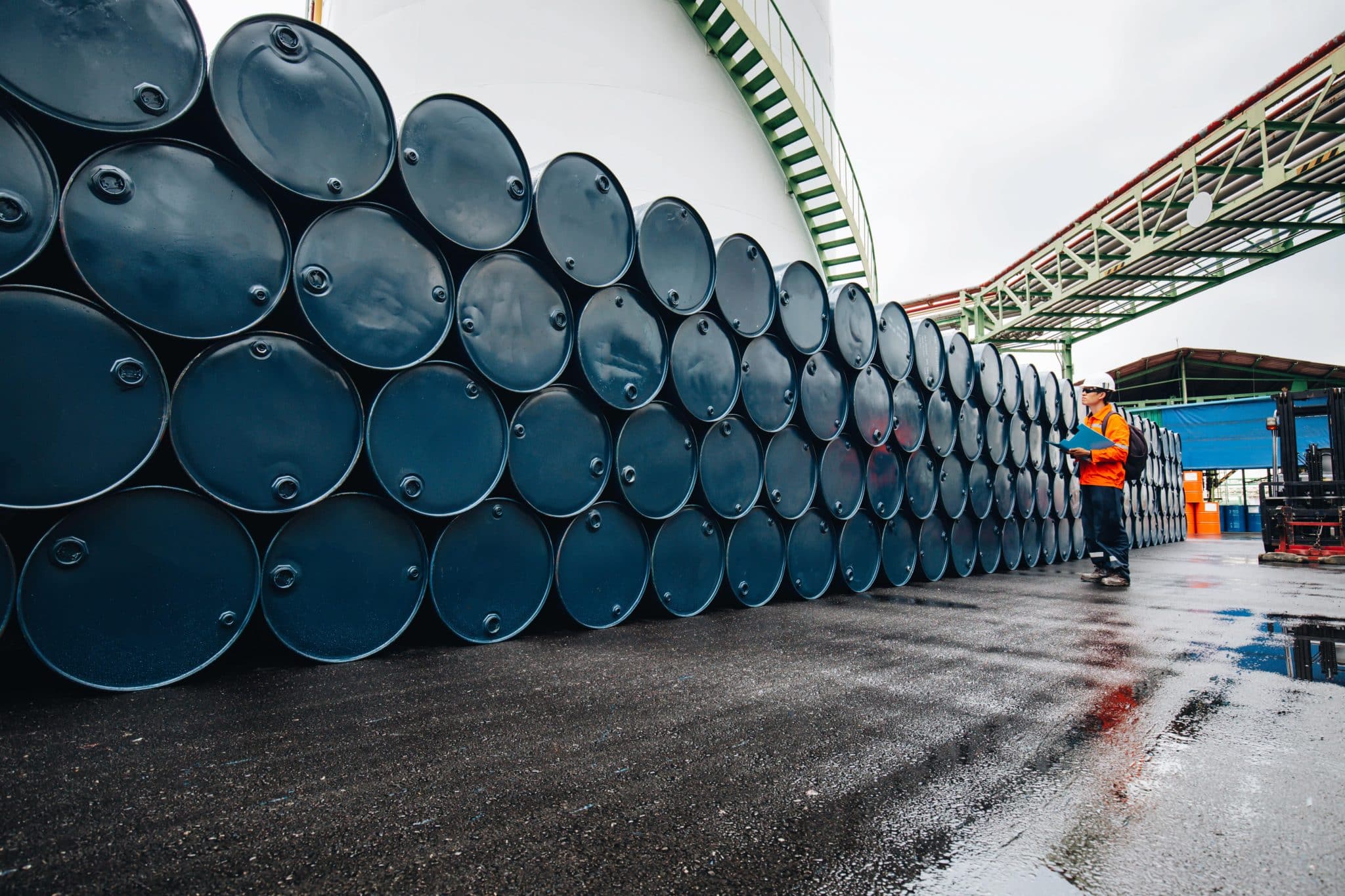
Enbridge Working on New Projects to Boost USGC Crude Exports
Enbridge has embarked on further enhancing its crude oil export capabilities at the US Gulf Coast through a combination of brownfield acquisitions and new build outs to accommodate growing output from the Permian Basin and Western Canada, senior company officials said March 6.
“Today we are announcing accretive new capital investments focused on our USGC strategy that include additional export docks and storage tanks at EIEC [Enbridge Ingleside Energy Center],” CEO Greg Ebel said on a webcast at the Enbridge Investor Day in New York. “These investments provide near-term growth in the USGC and set the stage for the future expansion through high-quality partnerships and embedded organic opportunities.”
The planned new projects include a 120,000-b/d expansion of the Gray Oak pipeline, for which an open season is currently underway, and the building of 2.5 million barrels of crude storage at EIEC, both estimated to cost $100 million, President of Liquids Pipelines Colin Gruending said on the same webcast.
The long-hail Gray Oak pipeline of nameplate capacity 1 million b/d ships light barrels from the Permian to the EIEC at the Port of Corpus Christi in Texas.
EIEC is Enbridge’s prime crude oil storage and terminal with access to a marine waterfront and hinterland pipeline connectivity to the Permian and Eagle Ford basins making it a cost-advantaged location for the storage and export of crude.
At present, Enbridge has been exporting about 1 million b/d of crude from its docks at the EIEC, Gruending said.
Enbridge sanctioned 2.5 million barrels of additional crude oil storage at EIEC, which will bring overall storage capacity to nearly 20 million barrels by 2025, the company said in a release, adding the timely addition of storage tanks at Ingleside supports higher crude throughput by ensuring customers have on-demand access to their export-ready crude supply.
New marine docks, Mainline status
Also, as part of adding new USGC export capacity, Enbridge has signed an agreement to acquire two marine docks and nearby land adjacent to EIEC from Flint Hills Resources for about $200 million with the deal expected to close in Q3, 2024, the company said.
The acquisition will facilitate Enbridge’s plans to fully integrate the waterfront between EIEC and the newly acquired docks, which will add immediate crude oil export capacity and streamline existing Ingleside operations by increasing VLCC windows on the primary facility docks, Enbridge said.
Looking ahead, the new Flint Hills docks can also be configured to export multiple products and Enbridge will retain the option to expand its existing Ingleside dock infrastructure as required, it said.
“With the acquisition, we will have more capacity to load VLCCs,” Ebel said without giving a figure on current loadings from EIEC.
These investments come in the wake of growing crude oil volumes from the Western Canadian Sedimentary Basin and the Permian, which Enbridge estimates to be 500,000 b/d and 1 million b/d respectively over the shorter term, Ebel said.
For the 3,000-mile Mainline pipeline system, Enbridge sees 2024 throughput being maintained at 3 million b/d, Gruending said. The system transports Canadian heavy and light barrels from Edmonton in Alberta to Gretna on the Canadian-US border where the volumes flow onto Enbridge’s Lakehead system that supplies crude oil to refineries in US Midwest and USGC.
“North America is now long on oil and we see a resilient demand of 2 million b/d from sole-sourced refiners on the way of the Mainline system, [besides a growing demand for exports to the USGC]” Gruending said. “Despite the start up of TMX, the Mainline will not be losing a ton of volumes. The mainline has been pretty full and the system is competitive along with the demand pull.”
On March 4, Enbridge said the Canada Energy Regulator had approved the Mainline tolling negotiated settlement.
The settlement sets tariffs for crude oil and liquids shipments that start in Western Canada and are delivered across Canada and North America, Ebel said.
On Dec. 15, 2023, Enbridge filed an application with the Canada Energy Regulator for approval of the Mainline tolling settlement that covers both the Canadian and US portions of the Mainline and sees the pipeline as a common carrier system available to all shippers on a monthly nomination basis.
The settlement term is seven and a half years through the end of 2028, with new interim tolls effective on July 1, 2023.
Under the deal the new toll is be a combination of the following: C$1.65 ($1.23)/b for the Canadian portion; $2.57/b for the US section; and $0.77/b as Line 3 Replacement surcharge.
New Louisiana gas pipeline
Separately, Enbridge and Shell Pipeline have extended their relationship through additional investment in growing Gulf of Mexico offshore plays, the former said, adding a newly formed joint venture, Oceanus Pipeline Co., to develop and construct a 60-mile, 18-inch oil pipeline and a 15-mile, 10-inch gas pipeline to serve Shell and Equinor’s offshore Sparta development.
The projects are consistent with Enbridge’s low risk business model and are backed by long-term fixed payment contracts, with an estimated cost of $200 million and expected to be in service in 2028, Enbridge said.
By: S&P Global /Ashok Dutta, March 8, 2024
